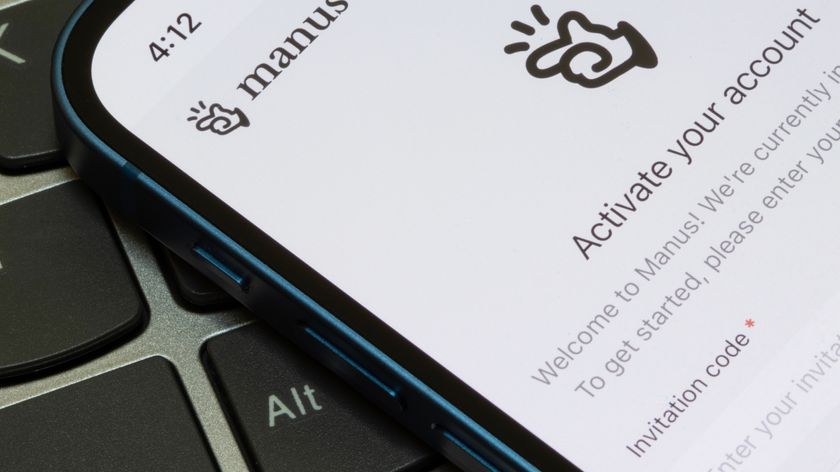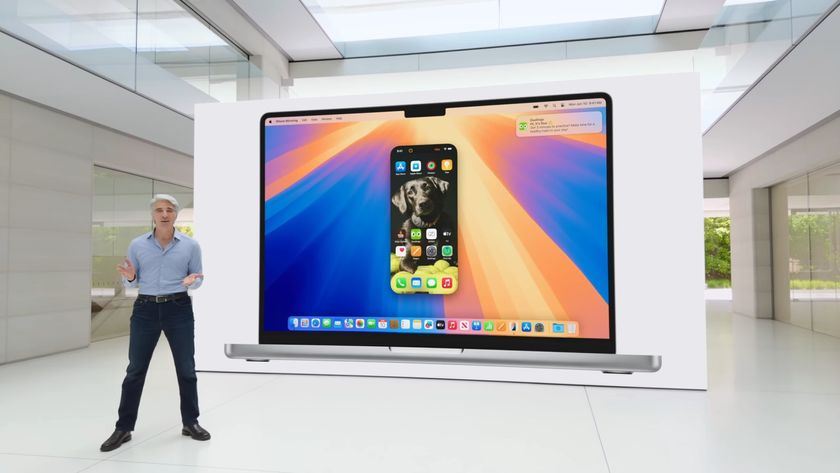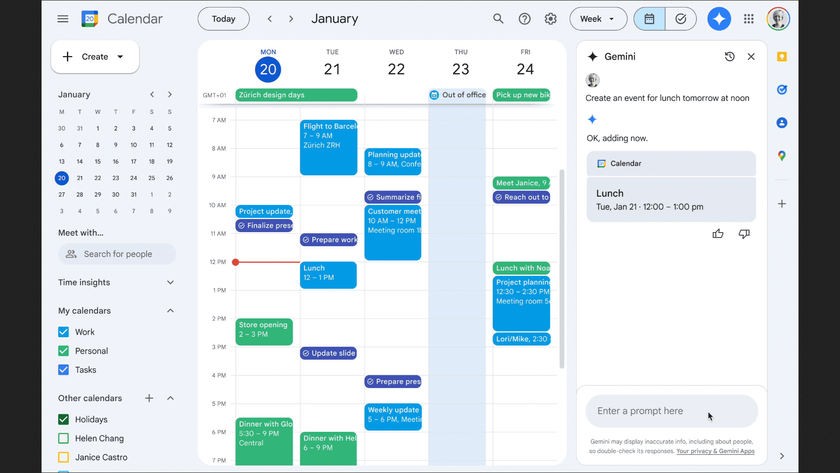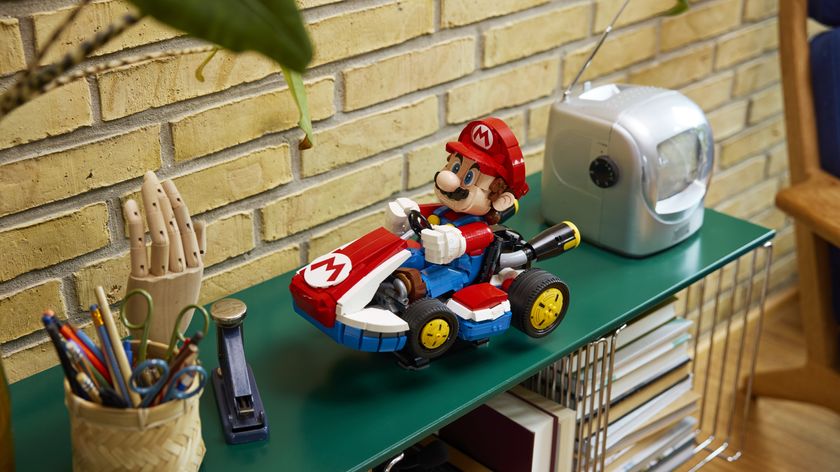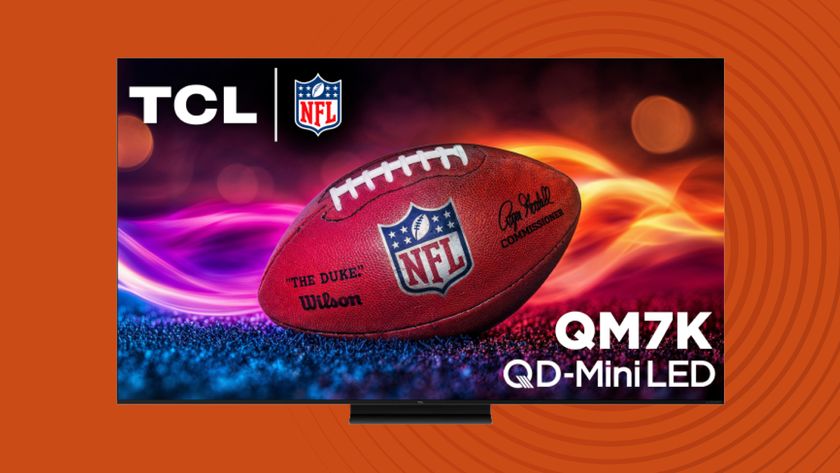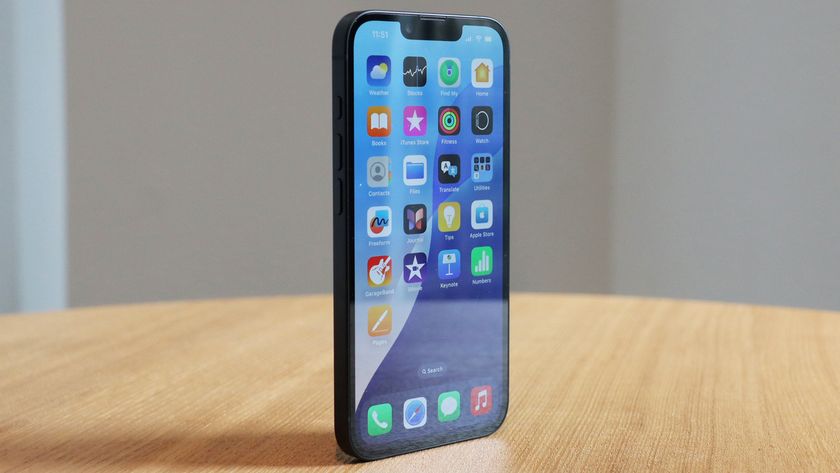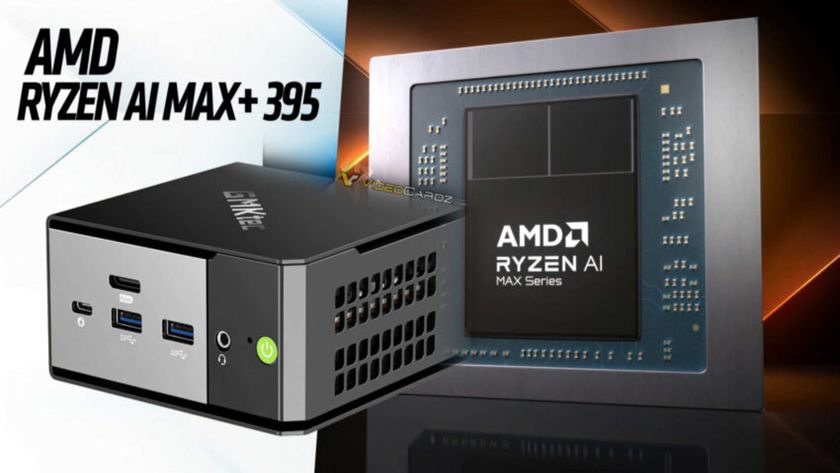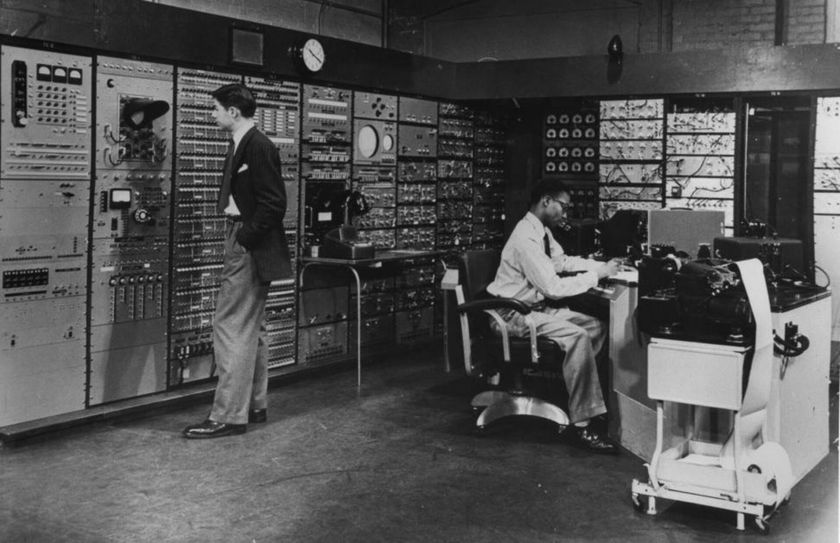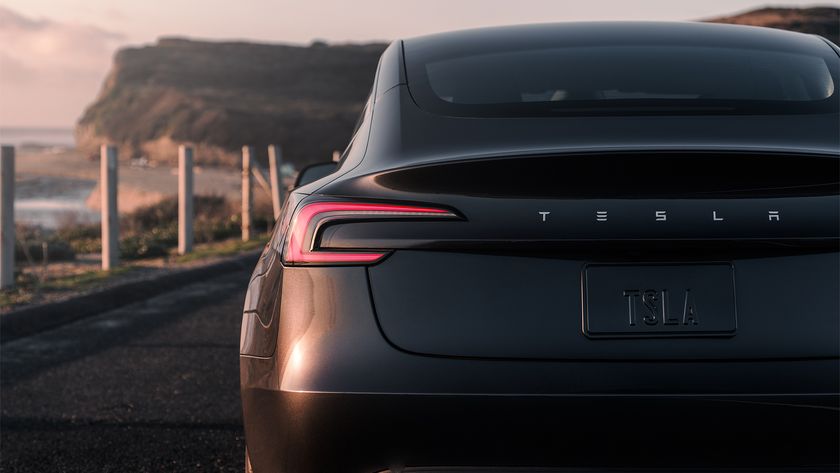What you need to consider when designing your smart home
Be in complete control of your home from anywhere
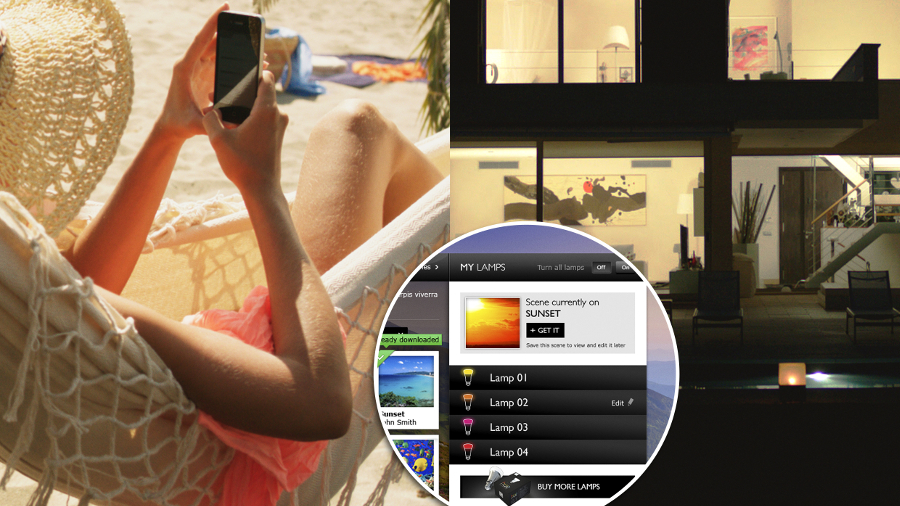
Controlling your home with a smartphone or tablet has been possible for some time. However, over recent years there has been a raft of new technologies that offer anyone the chance to create their own bespoke smart home controlled from their phone without the need for a degree in electronic design. From smart remote controls through to security, you can be in complete control of your home no matter where you are.
Developments like Apple's HomeKit could signal a future of connected devices that communicate with each other to create an ecosystem in your home that all smart devices connect to. At the moment there are no universal standards, which is hindering more rapid take up of these technologies, but this is changing fast.
Nest has its smoke alarm and heating controller, but there are half a dozen other platforms to choose from – none of which will talk to each other. British Gas for instance is going big guns at the moment with its Hive system, but there are at least three others to choose from including Lyric, Tado, and Passiv Systems, all of which are just aimed at your home's heating system.

It's when you stop focusing on smart control of your heating that things become much more interesting. We are still some way off from having homes filled with intelligent devices and appliances as the Internet of Things has promised, but we don't have to wait for these technologies to arrive at PC World. We can choose technologies now to create a smart environment at home. Already we have smart kettles and coffee makers, smart sensors to keep our Petunias alive and the Samsung Washer App to control our washers with any Android device, all of which illustrate how devices are becoming smarter.
Standards choice
Introduced in 1975 the X10 home automation standard has until relatively recently been the only way to create a smart home environment. Using your home's existing electrical wiring system as the network to control various devices, the standard has been evolving since its inception. The power lines in your home can still be used as a platform for a networked home using systems such as UPB. You may already use your home's power lines to create Wi-Fi hotspots around your house but there are other technologies that are offering much more flexibility.
A good example is Wink, which enables you to build a smart home that can connect to several leading brands of smart appliances and devices. The hub that Wink has developed enables other leading smart devices to connect to it and then communicate with the app on your smartphone. Lighting from GE and Philips, or the likes of Nest thermostats, light switches from Quirky and Tapt all controlled by an app, or via the Wink Relay Controller you mount on your wall.
Also available is Z-Wave, a wireless automation protocol using the 908.42MHz frequency band. There are now over a thousand products that will connect using Z-Wave. One great advantage of this system is that it uses what is called 'mesh networking' which means each connected device will pass along a command to all the others connected to the Z-Wave network until it reaches its intended destination. If you have a large home, this could offer great automation – and being low power you won't see a massive hit on your electricity bills. Devices that use battery power are ideal candidates for this system.
Are you a pro? Subscribe to our newsletter
Sign up to the TechRadar Pro newsletter to get all the top news, opinion, features and guidance your business needs to succeed!
ZigBee is based on the 802 wireless communications standard you will be familiar with as it's the basis for all Wi-Fi connected devices. Also a low power system, ZigBee has been making itself felt over the last couple of years, as home automation has grown in popularity. Last year the ZigBee 3.0 standard was released, which moved interoperability on a step to create a universal system that devices from multiple manufacturers could connect to.
"The ZigBee Alliance has always believed that true interoperability comes from standardisation at all levels of the network, especially the application level which most closely touches the user," said Tobin J. M. Richardson, President and CEO of the ZigBee Alliance.
He continued: "Lessons learned by Alliance members when taking products to market around the world have allowed us to unify our application standards into a single standard. ZigBee 3.0 will allow product developers to take advantage of ZigBee's unique features such as mesh networking and Green Power to deliver highly reliable, secure, low-power, low-cost solutions to any market."
Insteon is also rapidly developing its product range. Mentioned at the recent Apple WWDC, the Insteon hub now ships with Apple's HomeKit built in.
"We're excited to be shipping our HomeKit-enabled Insteon Hub and releasing the Insteon+ mobile app, enabling the mass consumer market to live in a world where all of their connected devices work together in perfect harmony," said Joe Dada, CEO, Insteon. "HomeKit streamlines home automation for consumers, brings together multiple manufacturers and offers advanced features like remote control and voice control through integrations with Siri."
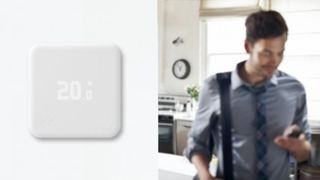
Of course Wi-Fi itself could be used as the basis of your smart home. However the success of Wi-Fi can also be its Achilles heel. Interference from multiple Wi-Fi enabled devices can reduce their efficiency simply because they are competing for the bandwidth available in your home. Also, Wi-Fi is power hungry, which means it's not ideal for any battery-operated devices such as the new electronic door locks coming onto the market.
- 1
- 2
Current page: Introduction and different standards
Next Page Budget kits and creating your system
